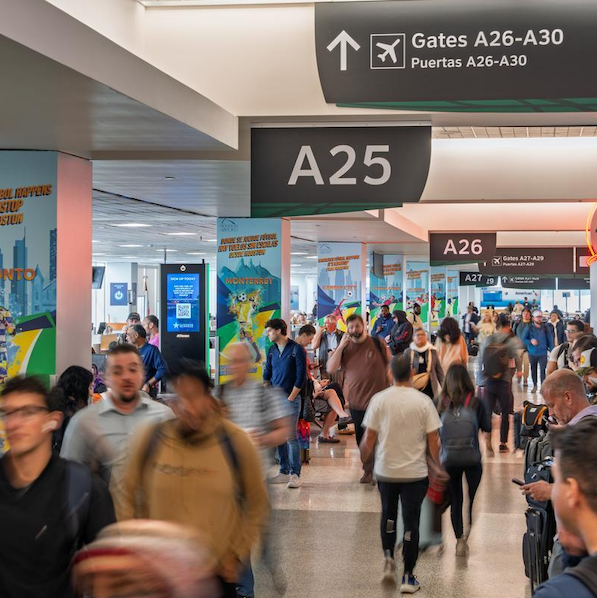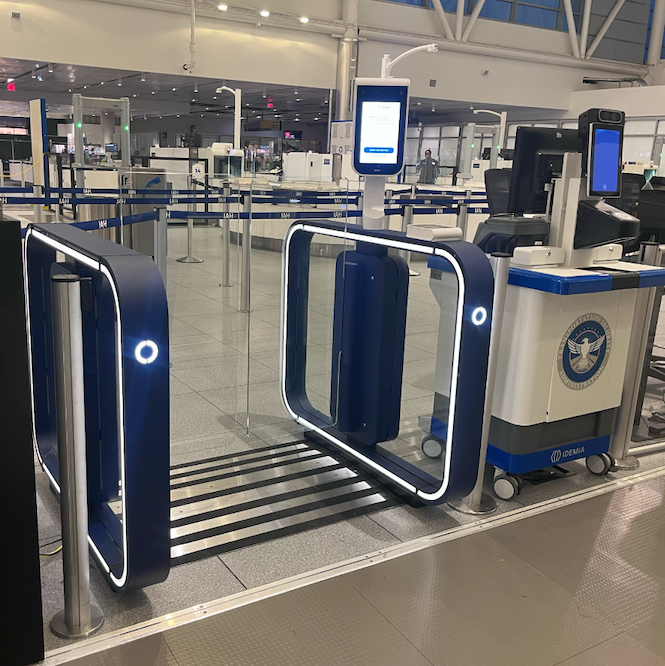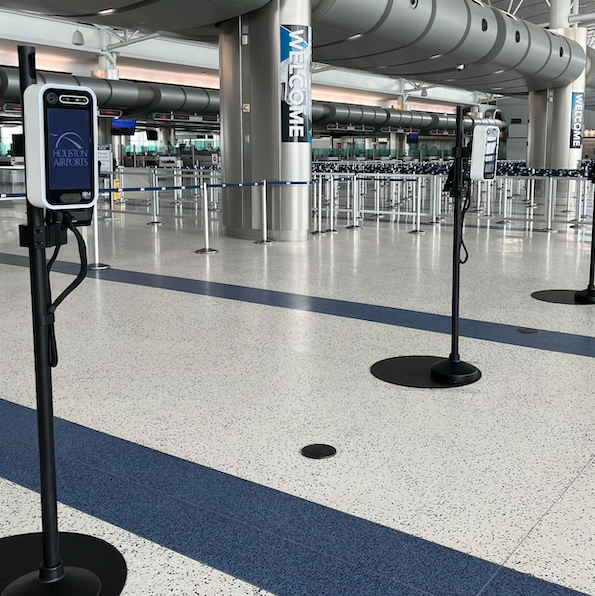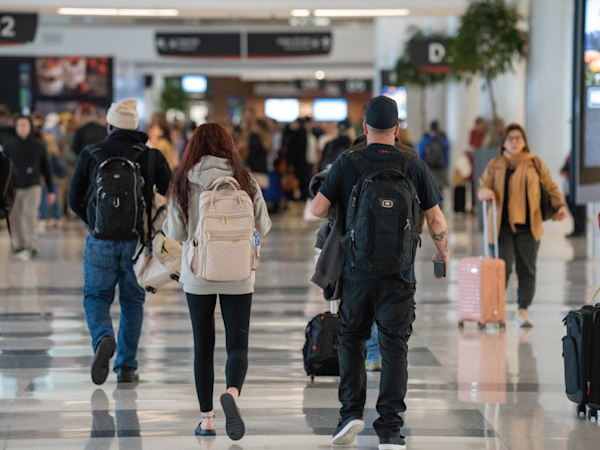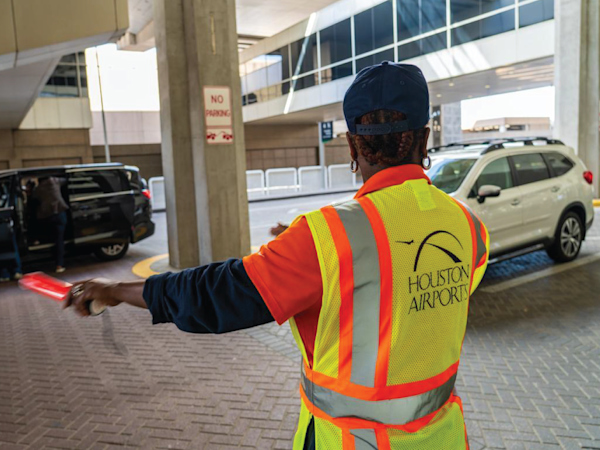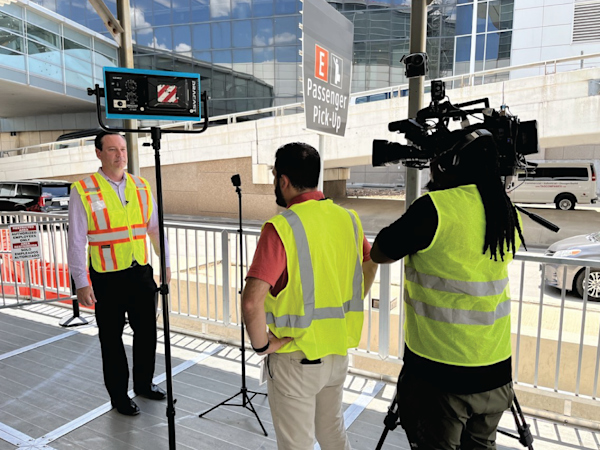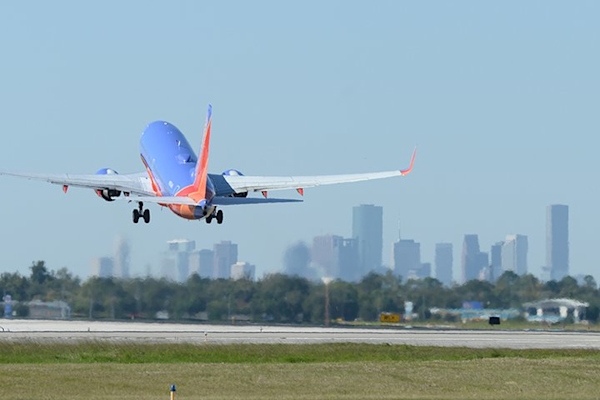Top Story

Top Story
No acceptable ID? TSA to charge $45 fee
Don’t have a Real ID or acceptable ID? A $45 fee begins February 1, 2026.

If you are unable to provide the required acceptable ID, such as a passport or REAL ID, you can pay a $45 fee to use TSA ConfirmID. TSA will then attempt to verify your identity so you can go through security; however, there is no guarantee TSA can do so.
Please note: Using TSA ConfirmID is optional. If you choose not to use it and don't have an acceptable ID, you may not be allowed through security and may miss your flight. Fraud or other criminal activity regarding this process will be processed under federal penalties.
Travelers without an acceptable ID can pay for TSA ConfirmID on the TSA's website. Payment of the $45 fee allows a traveler to use TSA ConfirmID for 10 days from the date of travel listed on the receipt.
Don't have a credit card with you while at the airport? Look for the 'Cash to Card' kiosks in the Ticketing Lobbies at IAH and HOU. You can use cash to purchase and load a credit card.
Learn More: https://www.tsa.gov/tsaconfirm-id



